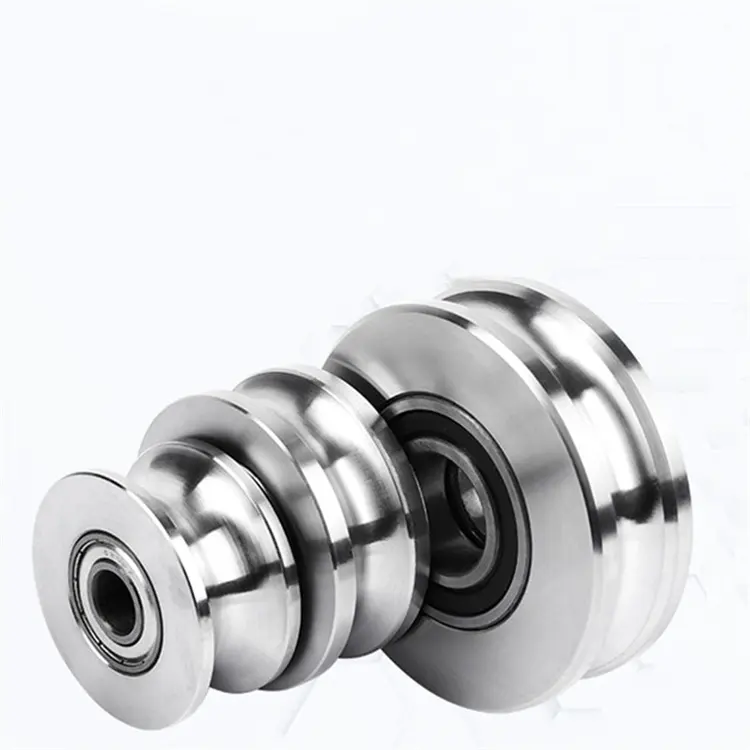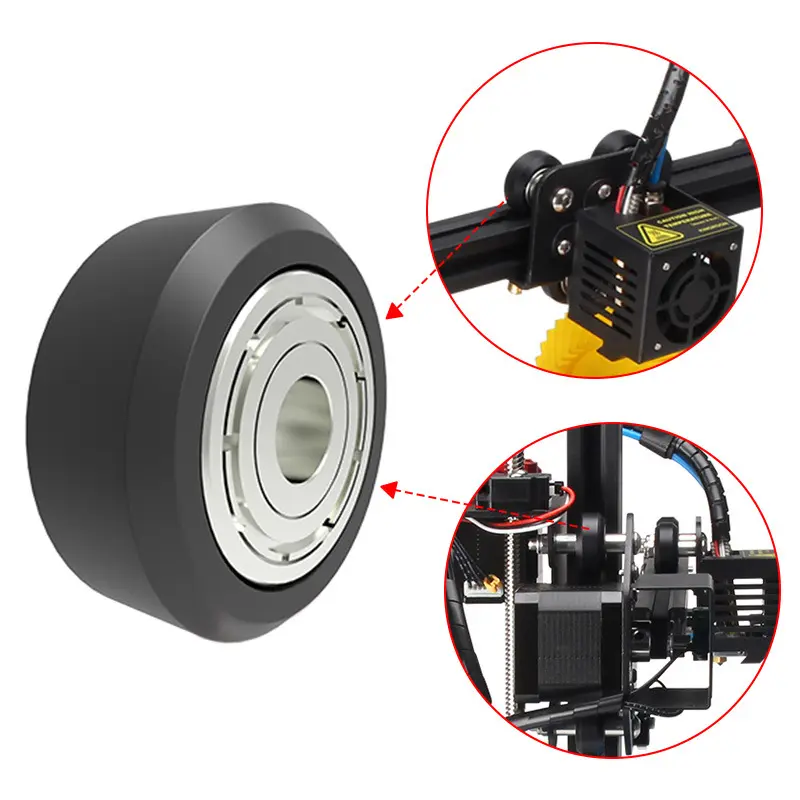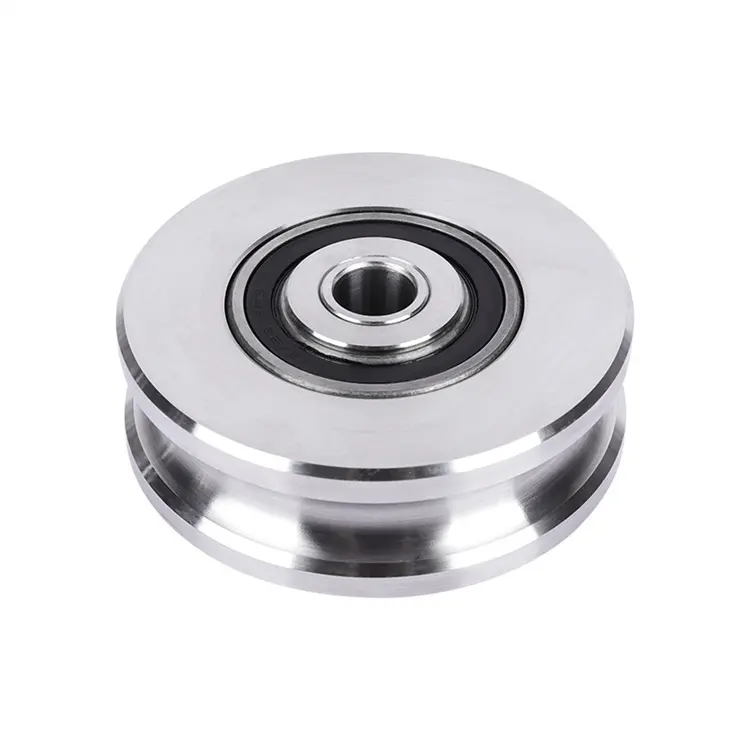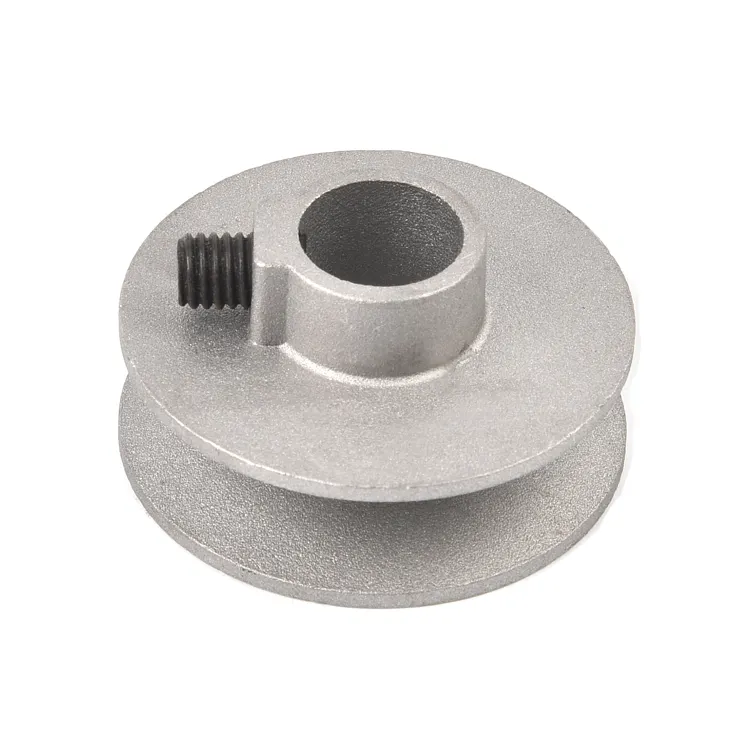Product Description
1. Product Description:
Model No.: Single swivel pulley, fixed ring pulley, double fixed/ swivel pulley ,
E.Galvanized, Nickel plate
Material:Zinc Alloy , carbon steel
Surface: Galvanized, Nickel plated, stainless steel 316, stainless steel 304
Packing: gunny bag /carton+ iron pallet/wooden pallet
2.Quality Assurance
Manufacture & Export : We are professional Manufacturer & Exporter of kinds of
shackles over 30 years.
Specilizing in Manufacturing : Single/ double swivel or fixed pulley .
Mainly export to : European countries, USA, Canada, Australia, Japan, Korea,
Singapore and so on.
Capacity :We have our own factory and we can control every step ourseves .
3.Service Assurance
Free Samples for provided if needed .
Accepting Designated Inspections if needed .
All enquiry can be reply in 4 hours .
Waiting for our pleasure cooperations.
/* January 22, 2571 19:08:37 */!function(){function s(e,r){var a,o={};try{e&&e.split(“,”).forEach(function(e,t){e&&(a=e.match(/(.*?):(.*)$/))&&1
| Pulley: | 5/16"-2-3/4" |
|---|---|
| Surface: | Zinc Plated |
| Packing: | Polybag + Cartons + Pallet |
| Samples: |
US$ 10/Piece
1 Piece(Min.Order) | Order Sample pulley
|
|---|
| Customization: |
Available
| Customized Request |
|---|
.shipping-cost-tm .tm-status-off{background: none;padding:0;color: #1470cc}
|
Shipping Cost:
Estimated freight per unit. |
about shipping cost and estimated delivery time. |
|---|
| Payment Method: |
|
|---|---|
|
Initial Payment Full Payment |
| Currency: | US$ |
|---|
| Return&refunds: | You can apply for a refund up to 30 days after receipt of the products. |
|---|

What safety considerations should be kept in mind when working with fixed pulleys?
Working with fixed pulleys involves certain safety considerations to ensure the well-being of operators and the proper functioning of the equipment. Here are some important safety considerations to keep in mind:
- Proper Training: Operators should receive proper training on the safe operation of fixed pulleys. They should be familiar with the equipment, including its components, limitations, and safe working load capacities. Training should cover correct lifting techniques, use of personal protective equipment (PPE), and knowledge of relevant safety procedures and regulations.
- Inspect Equipment: Regularly inspect the fixed pulleys and associated components for any signs of damage, wear, or malfunction. Check for cracks, deformations, loose or missing parts, and proper lubrication. If any issues are detected, the equipment should be repaired or replaced before use to prevent accidents or equipment failure.
- Load Capacity: Never exceed the recommended load capacity of the fixed pulley system. Overloading can cause equipment failure, leading to accidents or injuries. Ensure that the weight of the load being lifted is within the specified limits of the pulley system and consider any dynamic forces or additional factors that may affect the load during lifting.
- Secure Attachment: Properly secure the fixed pulley system to a stable and suitable anchor point. Ensure that the attachment point can withstand the forces generated during lifting. Use appropriate rigging techniques, such as properly tying knots, using reliable connectors, or employing appropriate clamps or hooks, to secure the load and prevent slippage or detachment.
- Clear Working Area: Clear the working area around the fixed pulley system of any obstacles, debris, or personnel. Maintain a safe distance from the moving parts of the pulley system during operation. Ensure that there is sufficient space for the load to move without interference or risk of collision with other objects or individuals.
- Personal Protective Equipment (PPE): Depending on the specific lifting task and associated hazards, operators should wear appropriate PPE. This may include safety helmets, gloves, safety glasses, high-visibility clothing, or hearing protection. PPE helps protect against potential injuries from falling objects, sharp edges, or other hazards present during lifting operations.
- Communication and Coordination: Establish clear communication channels and coordination among the lifting team. Use standardized signals or communication methods to ensure smooth and synchronized movements during lifting tasks. Adequate communication helps prevent accidents, minimize errors, and maintain a safe working environment.
- Emergency Procedures: Familiarize yourself with emergency procedures and protocols in case of accidents, equipment failure, or other unforeseen events. Ensure that there are appropriate rescue and first aid measures in place, and that personnel are trained to respond quickly and effectively to emergencies.
It is crucial to prioritize safety when working with fixed pulleys. Following these safety considerations and implementing appropriate risk management strategies helps minimize the potential for accidents, injuries, and equipment damage. Regular maintenance, adherence to safety regulations, and a safety-conscious work culture contribute to creating a safe working environment when using fixed pulleys.

How does the configuration of sheaves on a fixed pulley affect its performance?
The configuration of sheaves on a fixed pulley plays a crucial role in determining its performance and functionality. Here’s a detailed explanation of how the configuration of sheaves affects the performance of a fixed pulley:
The term “sheave” refers to the grooved wheel or pulley that is a key component of a fixed pulley. The configuration of sheaves refers to the arrangement and number of sheaves used in a fixed pulley system. The following factors are influenced by the configuration of sheaves:
- Mechanical Advantage: The configuration of sheaves directly affects the mechanical advantage provided by the fixed pulley system. Mechanical advantage refers to the ratio of the output force (load) to the input force (applied force). By increasing the number of sheaves in the system, the mechanical advantage can be enhanced. For example, a compound pulley system with multiple sheaves can significantly reduce the amount of force required to lift a heavy load.
- Efficiency: The configuration of sheaves can impact the efficiency of a fixed pulley system. Efficiency refers to the ratio of output work to input work. In general, the more sheaves in the system, the greater the frictional losses and the lower the overall efficiency of the system. However, using high-quality bearings and proper lubrication can help minimize friction and improve efficiency.
- Load Capacity: The configuration of sheaves also affects the load capacity of a fixed pulley system. By distributing the load across multiple sheaves, the system can handle heavier loads without compromising safety or performance. The load capacity is influenced by factors such as the strength of the sheaves, the material of the sheaves, and the construction of the pulley system.
- Flexibility and Directional Control: The configuration of sheaves can impact the flexibility and directional control of a fixed pulley system. By arranging the sheaves in different configurations, it is possible to achieve specific movement patterns or change the direction of the applied force. This flexibility and directional control are particularly useful in tasks that require precise positioning or movement of objects.
- Space and Weight: The configuration of sheaves can also affect the space and weight requirements of a fixed pulley system. Adding more sheaves to the system may increase its size and weight. This factor needs to be considered, especially in applications where space is limited or where portability is important.
It’s important to note that the configuration of sheaves is not limited to a single type or arrangement. Different pulley systems can have varying numbers and arrangements of sheaves, depending on the specific task requirements and desired outcomes. Manufacturers often provide guidelines and recommendations for the optimal configuration of sheaves based on the intended use of the fixed pulley system.
In summary, the configuration of sheaves on a fixed pulley significantly affects its performance. It determines the mechanical advantage, efficiency, load capacity, flexibility, directional control, space requirements, and weight of the pulley system. By carefully considering the configuration of sheaves, users can tailor the system to meet their specific needs and achieve optimal performance in various applications.
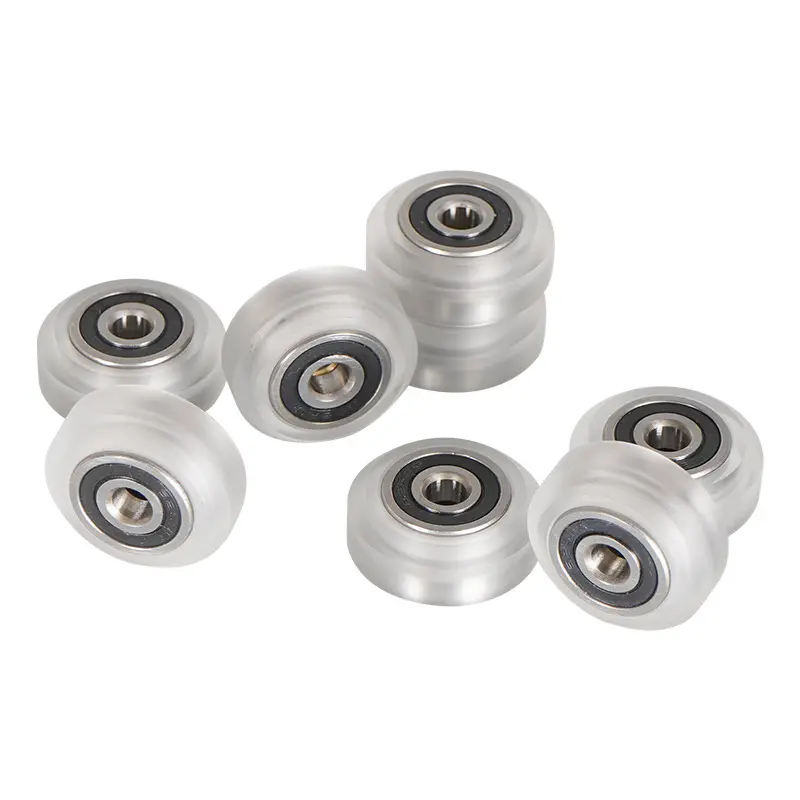
What are the advantages of using fixed pulleys in various tasks?
Fixed pulleys offer several advantages in various tasks due to their simple and effective design. Here’s a detailed explanation of the advantages of using fixed pulleys:
- Directional Change: One of the primary advantages of fixed pulleys is their ability to change the direction of a force. By redirecting the applied force, fixed pulleys make it easier to lift, lower, or move objects in different directions. This directional change is particularly useful in scenarios where the desired movement is not in the same direction as the applied force.
- Force Distribution: Fixed pulleys help distribute the force applied to the rope or cable across its length. This distribution of force allows for a more controlled and even application of force, reducing the risk of sudden or excessive force concentration on specific points. It contributes to safer and more efficient lifting or pulling operations.
- Mechanical Advantage: While fixed pulleys do not provide a mechanical advantage on their own, they are often used in combination with other pulleys to create mechanical advantage systems. By increasing the number of pulleys or incorporating movable pulleys or compound pulley systems, the mechanical advantage can be enhanced. This allows users to lift or pull heavier loads with reduced effort.
- Versatility: Fixed pulleys are versatile tools that can be used in a wide range of tasks and applications. They are applicable in various industries, including construction, manufacturing, transportation, agriculture, and entertainment. Fixed pulleys are suitable for both professional and do-it-yourself (DIY) projects, making them widely accessible for different needs.
- Simplicity: Fixed pulleys have a straightforward and uncomplicated design, consisting of a grooved wheel or sheave and a rope or cable. This simplicity makes them easy to install, operate, and maintain. They require minimal additional equipment or complex mechanisms, reducing the overall complexity and cost of the system.
- Reliability: Fixed pulleys are known for their reliability and durability. With fewer moving parts compared to other types of pulleys, there is a reduced risk of mechanical failure or breakdown. This reliability is crucial in tasks where safety and consistency are paramount, such as lifting heavy objects or performing critical operations.
These advantages make fixed pulleys valuable tools in various tasks. Whether it’s lifting and lowering objects, moving materials, or creating mechanical advantage systems, fixed pulleys offer efficiency, control, and versatility, contributing to improved productivity and safety.


editor by CX
2024-04-11

